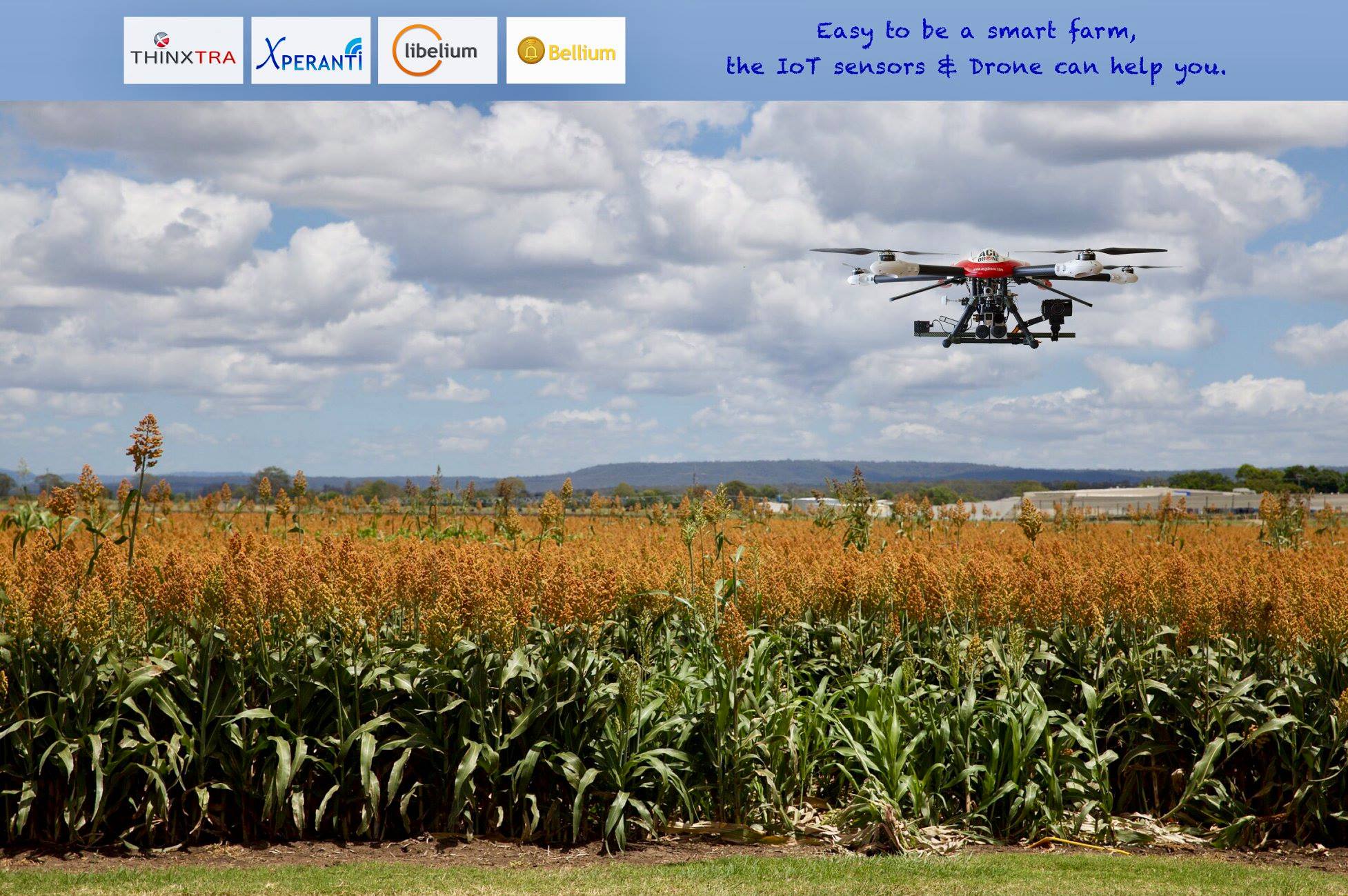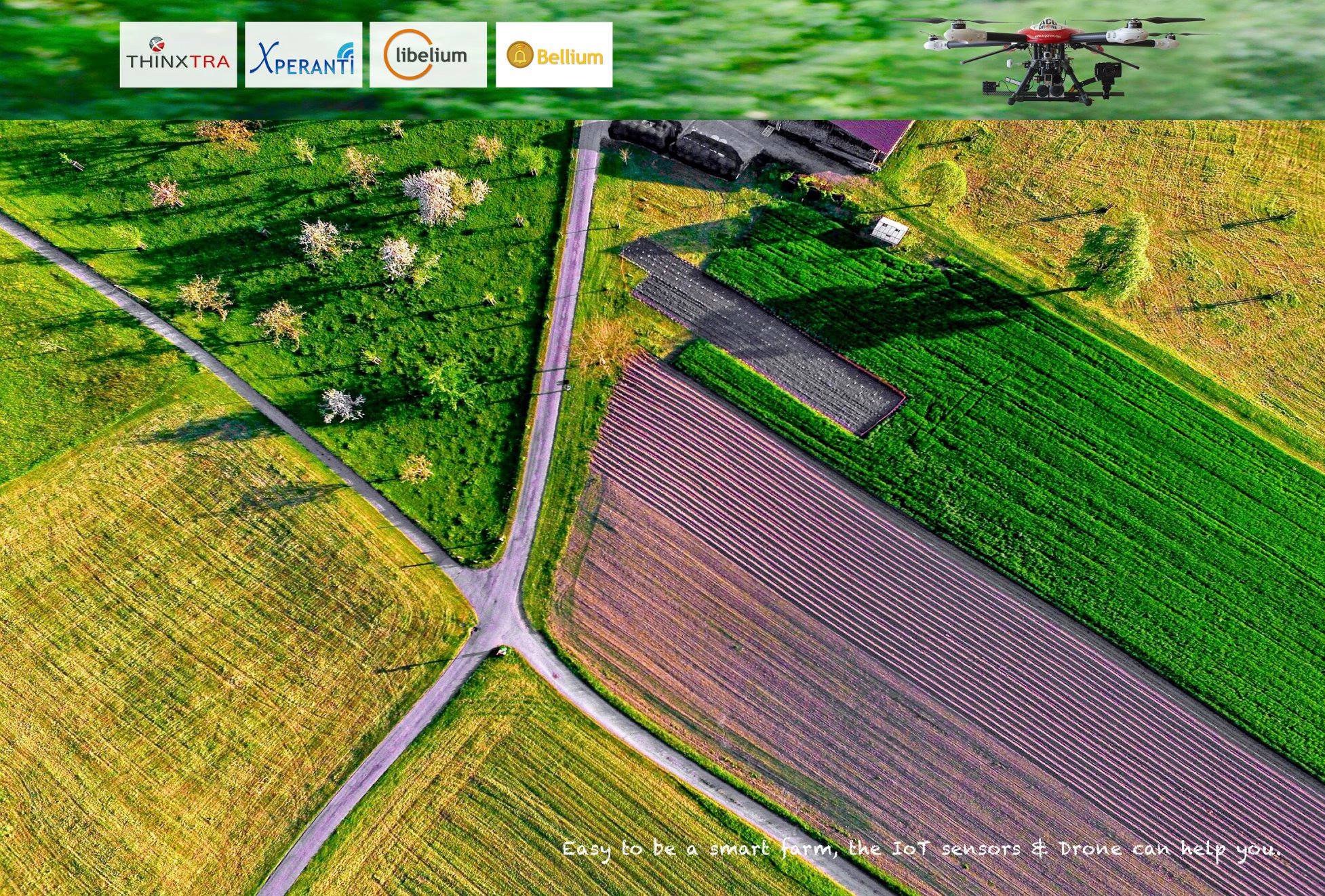
Smart Farming Drones: The Aerial Future Of Agriculture
If those in agriculture aren’t already aware of the trend, it’s time to let them know: the future of farming lies in the skies. All over the world, drones are allowing the agriculture industry to further leverage the smart farming revolution, assisting farmers and ranchers increase annual yields while at the same time reducing agriculture’s negative environmental effects.
This is a notable development, as a win-win situation such as this was once thought to be totally impossible. Yet, this revolution is coming at just the right moment, as we will need to be able to produce 70 perfect more food across the world in order to feed the world’s population level by 2050. With droughts becoming more and more commonplace and limited farmable land available, this is a seriously demanding goal – one that can only be achieved through the thoughtful application of innovative technologies in agriculture.

Smart farming, which is also oftentimes referred to as precision agriculture, is a growing body of new technology and knowledge focused on harnessing environmental, biological, and geographic data to increase the quality and quantity of agricultural outputs such as crop yields and the number of livestock raised per year. While a vast rage of smart farming methods are being deployed around the world, drones and other unmanned aerial vehicles find themselves among the most promising and widely used technologies for agricultural application.
While agriculture and drones may seem like an odd combination, the benefits of unmanned aerial vehicles in the farming sector are numerous. With 3D mapping technology onboard, drones are able to collect information on critical factors such as field geography, soil composition, and crop healthy early in the planting process, which helps to assist farmers in optimizing their field configurations and seed planting practices. Later in the season, when crops have reached a more mature stage, these same drones are able to continue to assist farmers by collecting data on nitrogen levels and irrigation practices, which help to ensure that crops have access to proper nutrients throughout their lifecycle.

Equally as impressive is the utilization of drones as tools for treating crops with different sprays. Crop spraying has always been a controversial practice, as it is typically expensive, time consuming, and can be hazardous to those flying crop spraying planes. Fortunately, smart drones are changing these trends, allowing for such treatments to drastically drop in price while at the same time lessening exposure to hazardous chemicals.
For those in agriculture, smart farming methods and tools such as drones are the ticket to improved crop health – which in turn means higher annual yields, and by extension more money in the pockets of hardworking agriculture professionals. Farmers who have already begun to leverage drones throughout their operations are already proving the power of this exciting technology, which is sure to deliver the increased efficiency needed to keep future populations fed while at the same time allowing farmers and ranchers to reap higher profits with less negative environmental impacts.


